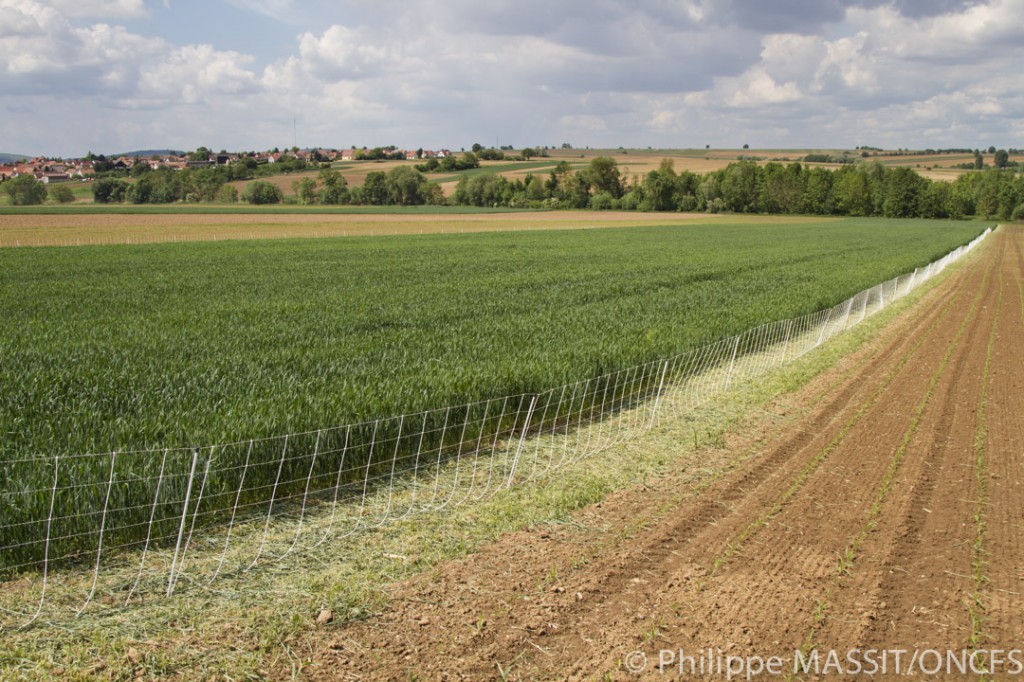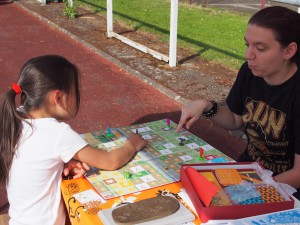What do Alsatians know about the European Hamster and what do they think about it?
In the LIFE Alister Project, ACTeon, a consultancy and partner, drew up and administered a questionnaire to a sample population of 720 inhabitants in Alsace. Using the results, an inventory was drawn up on the knowledge Alsatians had and the importance they gave to this animal and its protection.
Who has heard about the European Hamster?
Three quarters of those who responded to the questionnaire had prior knowledge of the European Hamster. But at a closer look, they are mostly people over the age of 60, (96% as compared with 66 % of the 18 – 30 year old age group) and mainly those who had lived in Alsace for over five years. Information sources quoted were mainly traditional sources such as newspapers, TV and radios. Internet came in last with only 9 answers out of 720.
Amongst those with knowledge of the European Hamster, three quarters of them had a good understanding of its situation and survival issues. The 18-30 and 30-45 age segments were the best informed on survival statistics. The main threats they identified were agricultural practices and urban sprawl; 60% of those questioned had heard about the European Hamster and thought its decline was due to water pollution and traffic. We can see that the impact of water pollution is overestimated compared with the impact of predation, which those interviewed did not really consider.
What is environmental protection and protection of the European Hamster in particular worth?
Alsatians consider that environmental quality is very important and place this on the same level as they do unemployment and purchasing power.
Most of them, in order to protect the environment, would like to mitigate urban sprawl with 80% of buy-in for this proposal. On the other hand, a limitation of economic development only see 60% of Alsatians in favour of this.
 For a five year duration, Alsatians would be ready to pay an average of nearly 35 euros per year to have a sustainable population of European Hamsters in Alsace. *This average nonetheless covers large divergences in answers with a quarter of those questioned who would not be willing to pay anything and a small number who would be willing to pay much more than 35 euros.
For a five year duration, Alsatians would be ready to pay an average of nearly 35 euros per year to have a sustainable population of European Hamsters in Alsace. *This average nonetheless covers large divergences in answers with a quarter of those questioned who would not be willing to pay anything and a small number who would be willing to pay much more than 35 euros.
The 81% of Alsatians who would be willing to contribute financially to the conservation of the European Hamster were questioned about their motivations. Their contribution would be motivated in the sense that this approach would not only protect this animal, but also would correspond to a global logic of environmental protection and ecology.
What influenced those interviewed to contribute money towards the protection of the European Hamster?
Contrary to what could have been expected, household income had little impact on this. Environmental awareness was the main factor: a very environmentally aware person is ready to pay an extra 20 euros per year to restore European Hamster populations.
Age is also a factor here as Alsatians under the age of 60 are ready to pay an average of 14 more euros per year compared with an older population. It’s possible though that older Alsatians still wonder about the necessity of protecting the European Hamster, as this animal was deemed to be a nuisance when they were younger.
Lastly, prior knowledge of the European Hamster is a very important criterion on the choice of a financial participation to protect it. Someone who knows the species and theme is ready to pay an extra 21 euros per year compared with someone with no prior knowledge.
In conclusion
With this study, we can see that the majority of the Alsatian population is well aware of the issues the European Hamster has and is willing to do what is required to protect this animal. The environment is very important for Alsatians and many of them, especially those under the age of 45, see the necessity of having some sort of global actions.
Moreover, actions to conserve the species are not yet well known by the general public. So we can see that a lot of communication work still needs to be done, especially as the study shows us that increased knowledge of the animal and stakes linked with its protection has a direct link to public buy-in for its protection.
*Using a selection process in different scenarios, we could pinpoint protection actions for which Alsatians were willing to make a financial contribution.



